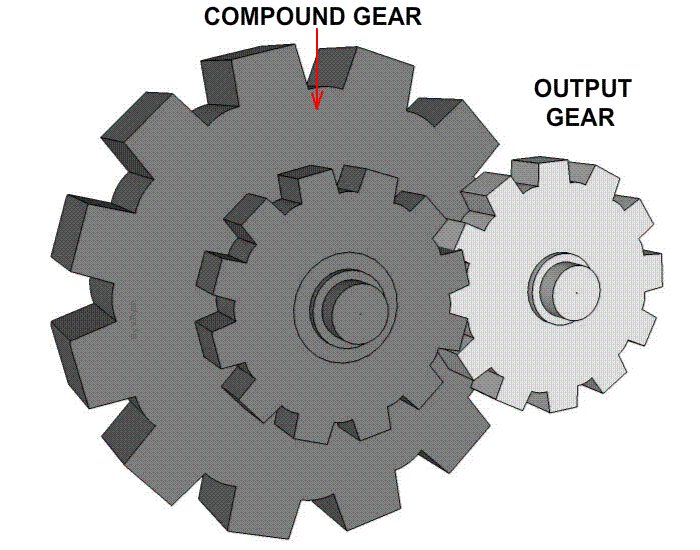S3 Consulting & Educational Services

WaterBotics
The underwater robotics curriculum offers youth an opportunity to practice 21st-century skills such as teamwork, creative problem-solving, and iterative design.
Designing, building and controlling a robot to function underwater presents a level of complexity that is different from many land-based robotics programs.
The WaterBotics® curriculum was developed by the Center for Innovation in Engineering and Science Education (CIESE) at Stevens Institute of Technology in Hoboken, New Jersey through two successive National Science Foundation grants. It has been implemented with thousands of middle and high school youths nationwide.
Teams of students engage in problem-based/active learning as they collaborate to design, build, test, and redesign underwater robots made of LEGO® components, motors, propellers, and other materials.
The robots are developed through an iterative engineering design process. Student teams complete a series of 4 design project challenges or “missions” that increase in complexity and require more sophisticated solutions. The curriculum can be implemented with computer programming or without computer programming. Ultimately, students produce a fully functional underwater robot capable of maneuvering in a three-foot deep pool.
The modular design of the curriculum allows educators to implement the program according to their own schedules and needs. The length of time needed to successfully implement the curriculum varies with the age and abilities of the participants and according to the instructors’ learning objectives and time constraints.
®

WaterBotics® can be used effectively in a variety of formal and informal educational settings
Curriculum Guide Includes
-
Comprehensive & diverse collection of educational materials
-
Planning guides
-
Program scheduling
-
Equipment needs
-
Location & workspace arrangement
-
Appropriate staffing needs & training
-
Equipment & technology setup & installation guides
-
Student handouts
-
Programming lessons
In addition to the curriculum, the WaterBotics® web site contains numerous support materials that include screencasts of programming lessons, videos demonstrating physical science concepts, sample computer programs, interactive science simulations, and student assessments.
////////////////////////////////////////////////////////////////////////////////////////////////////////////////////////////////////////////////////////////////////////////////////////////
Implementation Track
Non Programming Track
Students will use a pair of Power Functions IR remote controls. Each remote has two 3-way levers— one for each motor. Using two of these controllers, all four motors of a complete robot may be controlled, typically by two students.
This option is much simpler to implement and takes less time than the programming track. The equipment costs are much lower; schools and organizations can more easily afford to run the project.

Track
Non Programming
Typical Duration
14-18 hours
Scalable & Flexible Curriculum Design

////////////////////////////////////////////////////////////////////////////////////////////////////////////////////////////////////////////////////////////////////////////////////////////
Why Underwater Robotics?
-
Promote Growth Mindset Theory
-
Promote awareness of careers that involve S.T.E.M. skills
-
Presents unique, design challenges not found in land-based projects (e.g. buoyancy, control in 3-D)
-
Exposure to science concepts like propulsion, drag, buoyancy and stability, gearing, torque, speed, and thrust
-
Introduce Students to Engineering Design Process



Why LEGO®?
-
Familiarity with building material
-
Ease of use and durability
-
Variety of pieces
-
Rapid prototyping, testing, and redesign (tweak friendly)
-
Can leverage prior purchases of LEGO® equipment


////////////////////////////////////////////////////////////////////////////////////////////////////////////////////////////////////////////////////////////////////////////////////////////
Design Project Challenges or “Missions”
Mission 1: Rescue!
-
Use a single motor to build a robot that can travel in a straight line—both forward and backward—on the surface of the water
-
Use the robot to save a “drowning swimmer”
-
Variety of pieces
-
Optimize gearing to improve speed and/or control
Mission 2: Cleanup!
-
Use a second motor to enable steering and two-dimensional movement
-
Maneuver the robot on the surface of the water to clean up a spill of “hazardous pollutants”
Mission 3: Mine Sweep!
-
Use a third motor to dive under the water
-
Combine high-density and low-density materials to achieve good buoyancy and stability, making the robot controllable underwater
-
Detonate or disable underwater “mines” to make a shipping lane safe
Mission 4: Collect!
-
Combine the products of previous missions to produce a vehicle that can collect samples from a “sunken ship” and deposit them in various underwater collection bins
-
A fourth motor may be used to create a mechanism to grab and release the balls



